
How To Calculate Electricity Consumption At My Farm ?
- Home
- How To Calculate Electricity Consumption At My Farm ?
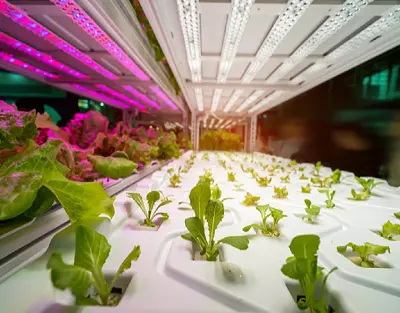
How To Calculate Electricity Consumption At My Farm ?
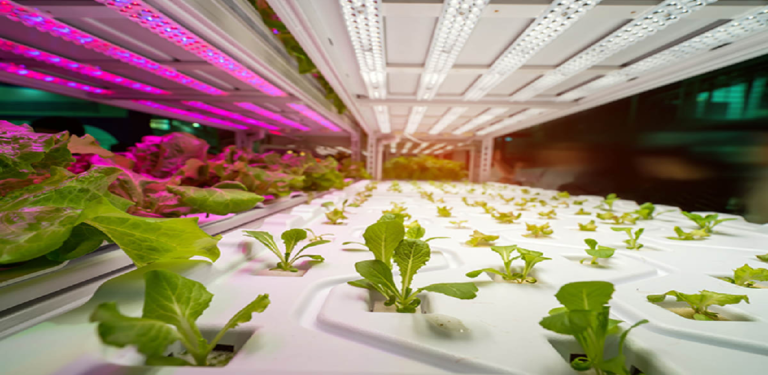
How To Calculate Electricity Consumption At My Farm ?
Electricity consumption is measured in a unit.
1 unit consumption = 1 kWh ( kilowatt – hour),
Suppose in our farm we have 1000 no’s LED grow bars each of 17 watt and let’s assume photoperiod is 16 hours
So,
1000 x 17 x 16 = 272000 watt. Hour
1000 watt = 1 kW
272000 watt. Hour = 272 kW.hour i.e. 272 kWh
1 unit = kW.hour
Electricity consumption/day = 272 unit
Managing electricity consumption is crucial for farms, whether you’re a small family farm or a large-scale commercial operation. Accurate calculations help in budgeting, optimizing energy use, and reducing costs. In this guide, we’ll walk you through the steps to calculate electricity consumption at your farm.
Step 1: Gather Information
A. Gather Your Utility Bills: Collect your electricity bills for the past 12 months. This data will be invaluable for assessing your historical consumption and identifying trends.
B. Identify Your Electrical Devices: Make a list of all electrical devices and equipment on your farm, including pumps, lighting, HVAC systems, refrigeration units, and any machinery or tools.
C. Note Operating Hours: Record the daily operating hours of each device. For devices that run continuously, note this as 24 hours.
Step 2: Calculate Daily Consumption
A. Calculate Daily Usage for Each Device: Multiply the wattage of each device by the hours it operates daily. For instance, if a 1,000-watt pump runs for 8 hours, the daily usage is 1,000 watts x 8 hours = 8,000 watt-hours or 8 kilowatt-hours (kWh).
B. Sum Daily Usages: Add up the daily usage for all devices. This gives you your daily farm electricity consumption.
Step 3: Monthly Consumption
A. Calculate Monthly Consumption: Multiply your daily consumption by the number of days in the month. For example, if your daily usage is 100 kWh and there are 30 days in the month, your monthly consumption is 100 kWh x 30 days = 3,000 kWh.
B. Repeat for Each Device: Calculate monthly consumption for each device, then add them together for your total monthly farm electricity consumption.
Step 4: Annual Consumption
A. Calculate Annual Consumption: Sum up the monthly consumptions from the past 12 months. This gives you your annual farm electricity consumption.
Step 5: Analyze the Data
A. Identify Peak Consumption Times: Review your data to pinpoint months or seasons when your electricity consumption is highest. This can help you strategize energy-saving measures for those periods.
B. Check for Anomalies: Look for irregularities or sudden spikes in usage. This could indicate equipment malfunctions or inefficiencies that need attention.
C. Consider Weather Conditions: Factor in weather conditions as they can significantly impact energy usage, especially for heating, cooling, and irrigation.
Step 6: Plan for Efficiency
A. Energy Audits: Consider hiring an energy auditor to evaluate your farm’s energy usage and recommend efficiency improvements.
B. Invest in Energy-Efficient Equipment: Upgrade to energy-efficient devices and machinery to reduce your electricity consumption.
C. Renewable Energy Sources: Explore the feasibility of solar panels, wind turbines, or other renewable energy sources to generate your own electricity.
D. Implement Smart Technology: Use smart meters and sensors to monitor and control energy usage in real-time.
Step 7: Monitor Regularly
Continuously monitor your electricity consumption. Regular reviews will help you track progress in reducing energy consumption and saving on costs. Make adjustments as necessary to maintain efficiency and sustainability on your farm.
Calculating electricity consumption is the first step toward efficient energy management. By understanding your usage patterns, you can make informed decisions to reduce costs and minimize your farm’s environmental impact.
FAQs :
1. Why is it important to calculate electricity consumption on my farm?
– Understanding your electricity consumption helps you manage costs, improve energy efficiency, and reduce your environmental impact.
2. What information do I need to begin calculating electricity consumption?
– You’ll need your utility bills, a list of electrical devices, and the number of operating hours for each device.
3. How do I calculate daily electricity consumption for a device?
– Multiply the wattage of the device by the number of hours it operates each day. This gives you the daily usage in kilowatt-hours (kWh).
4. What if a device operates continuously?
– In this case, you can record it as operating 24 hours a day.
5. How can I calculate monthly electricity consumption for my farm?
– Multiply your daily consumption by the number of days in the month. Sum these values for all devices to get your monthly consumption.
6. What should I do if I notice irregularities or sudden spikes in electricity usage?
– Investigate the cause of irregularities, as they may indicate equipment malfunctions or inefficiencies that require attention.
7. How do weather conditions affect my electricity consumption on the farm?
– Weather can impact energy usage, especially for heating, cooling, and irrigation. It’s essential to consider seasonal variations.
8. Are there government incentives or programs for improving energy efficiency on farms?
– Yes, various incentives and programs are available to help farmers implement energy-efficient practices and technologies.
9. What are some energy-saving strategies for farms?
– Strategies include using energy-efficient equipment, conducting energy audits, exploring renewable energy sources, and implementing smart technology for monitoring and control.
10. How often should I review and update my electricity consumption data?
– Regular reviews are crucial to track progress and maintain efficiency. Consider annual reviews or more frequently if significant changes occur on your farm.
11. What is the role of energy auditors in managing farm electricity consumption?
– Energy auditors can evaluate your energy usage, identify inefficiencies, and recommend improvements to enhance energy efficiency.
12. How can I start generating my own electricity on the farm?
– Explore renewable energy sources like solar panels, wind turbines, or hydropower to generate your electricity and reduce dependence on the grid.
- Blog Categories
- Basic of Artificial Lighting for Plants
- Basic of grow Light
- Case Studies
- General Awareness
- Indoor Vertical Farming
- Medical Plant Research
- Online Tool
- Pitch Grow Light
- Plant Lighting Measurement
- Speed Breeding
- Supplemental Lighting
- Tissue Culture Grow Lights
- Vertical Green Wall
- LED Grow Lights
- Pharma Segment
- General
Popular Products
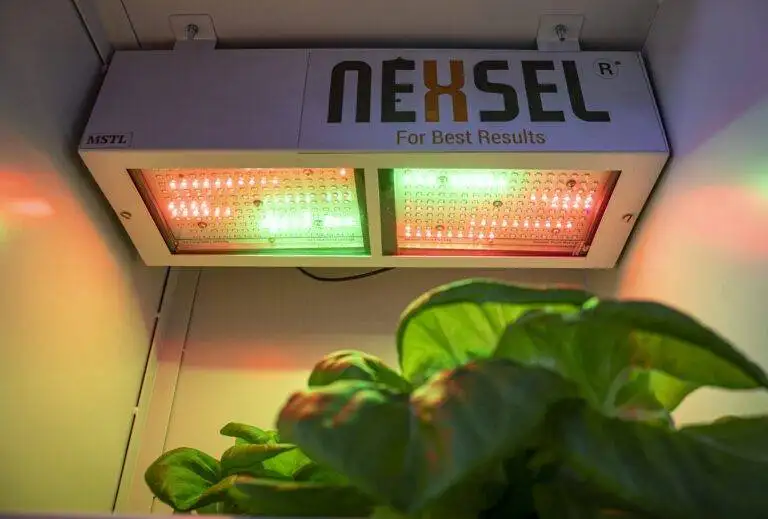
Enquire Now
Quick Link
Other Links
Design & Developed By VBTEK


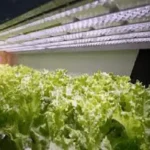
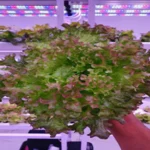
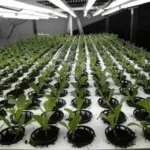

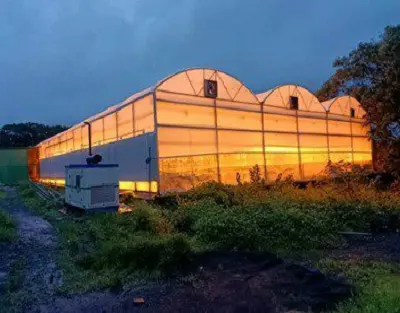
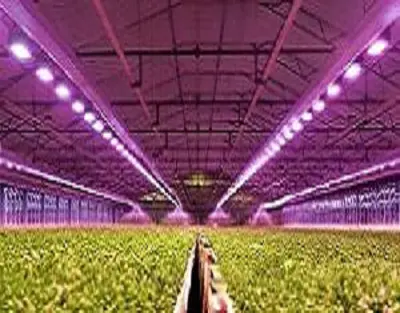
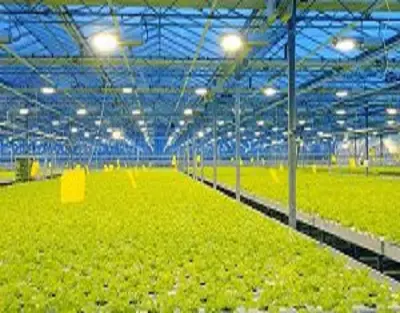

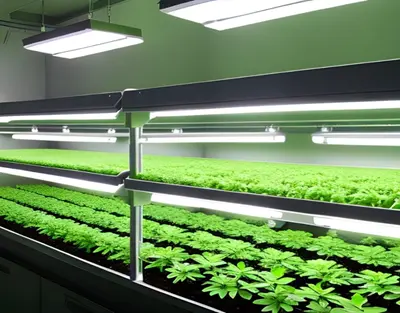
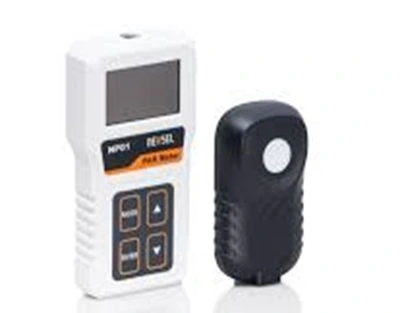
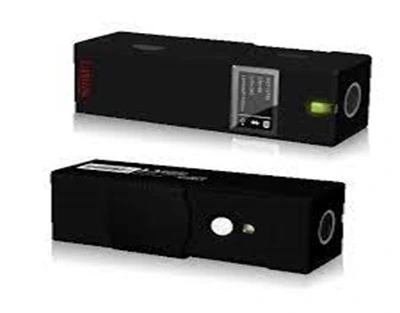
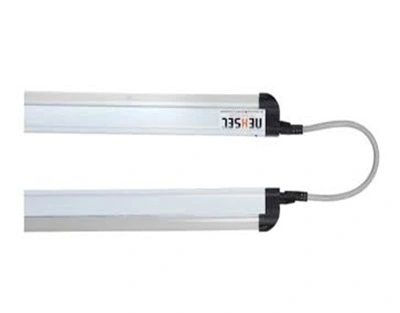
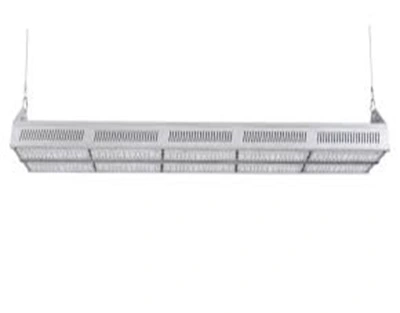
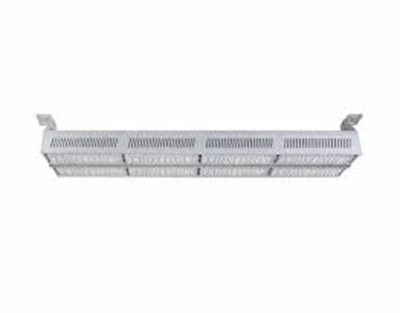
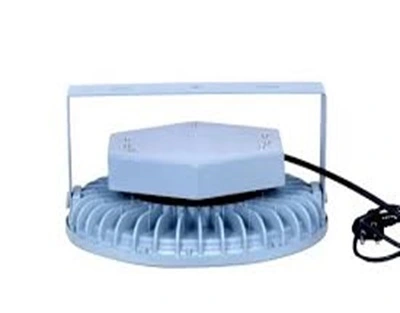
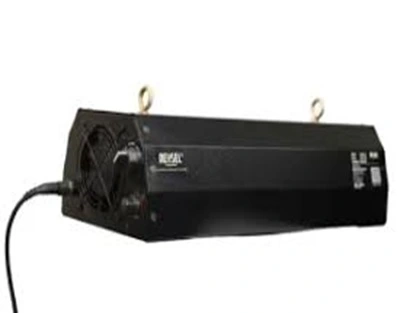
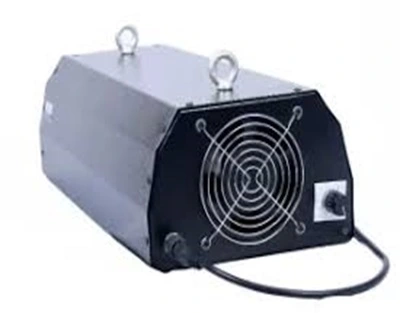
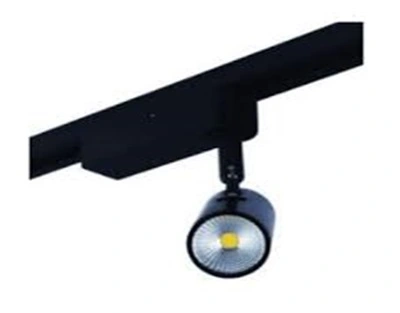
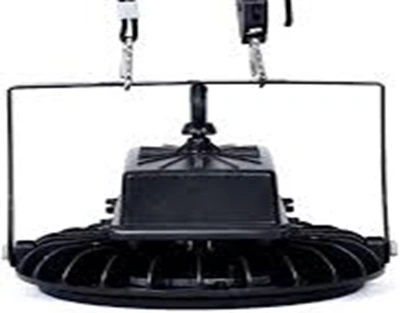
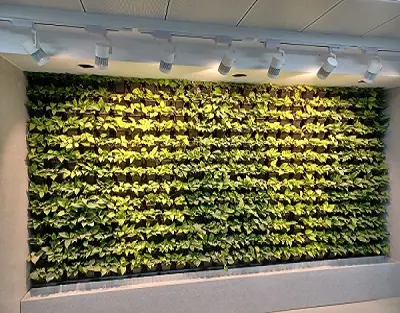
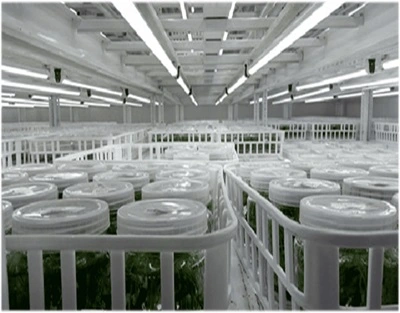
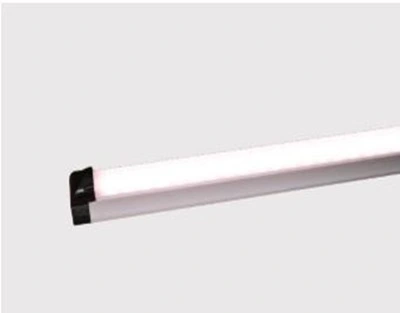
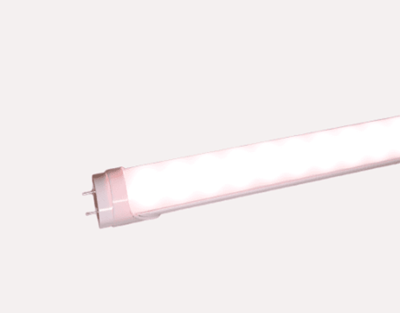
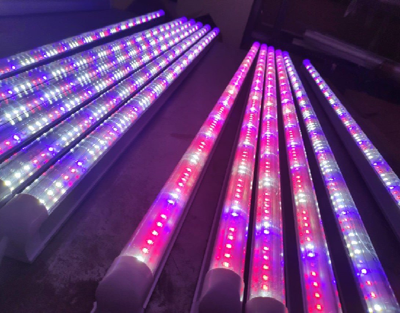
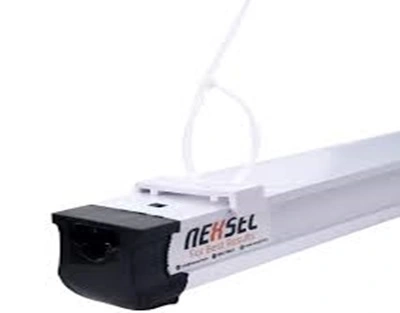
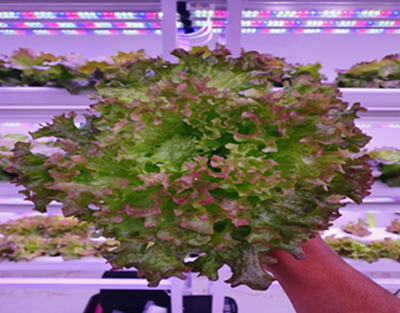
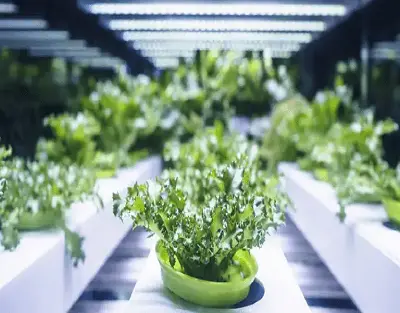
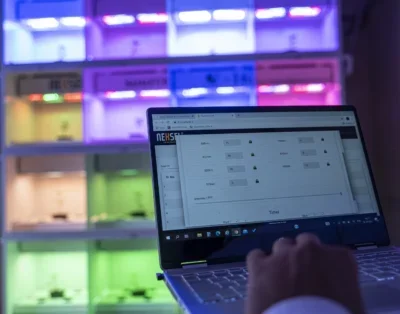


Leave A Comment